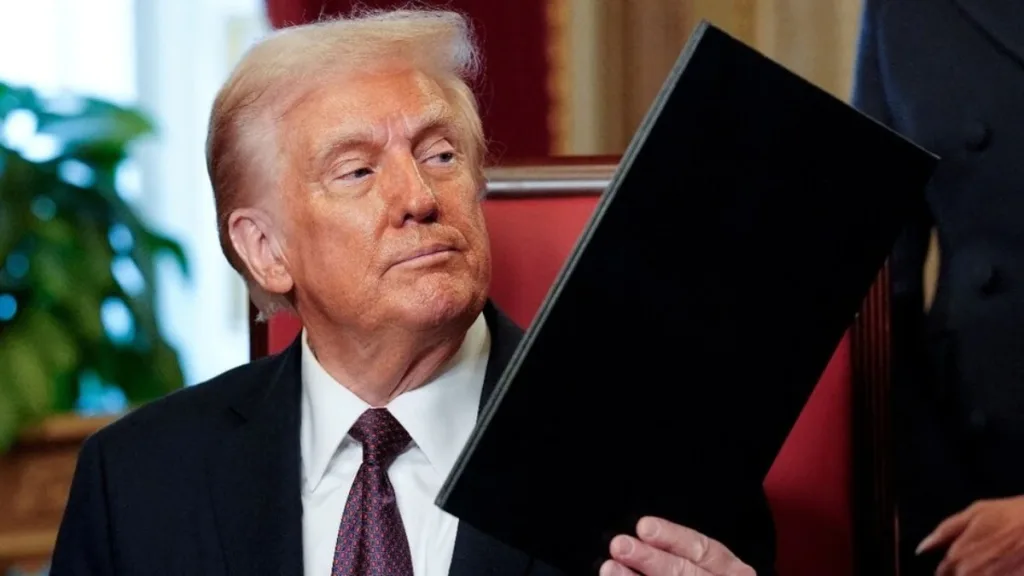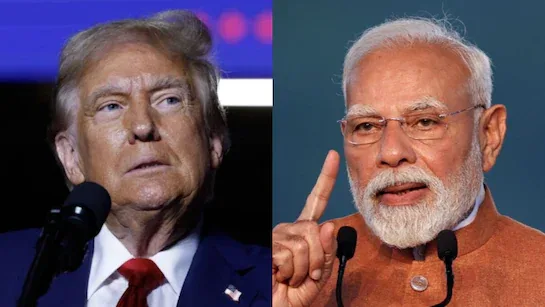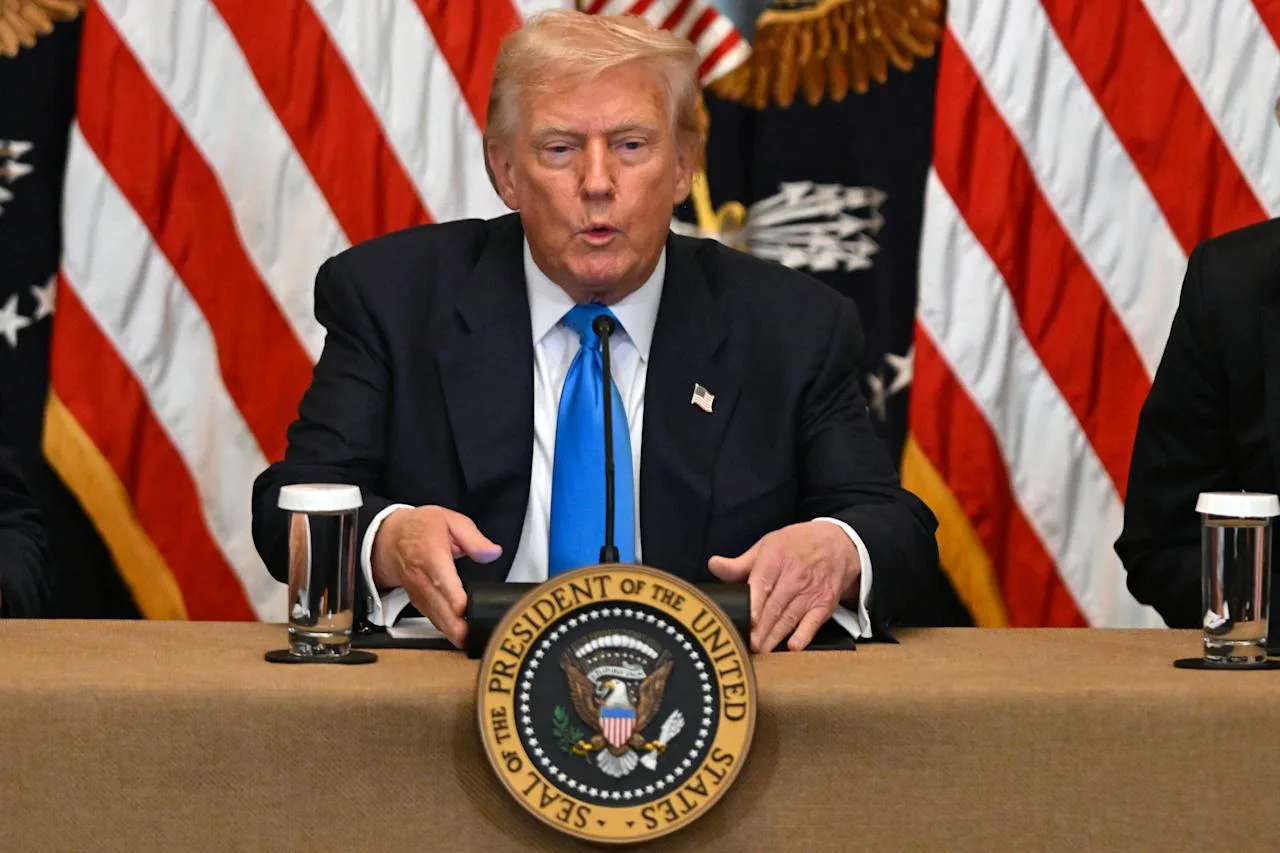As Trump’s unprecedented 50% tariffs on Indian goods took effect on August 27, 2025, the ripple effects are already being felt across multiple sectors of India’s $434 billion export economy. With $87 billion worth of Indian exports to the US now under threat, businesses and investors are scrambling to understand which industries will bear the brunt of this trade war escalation.
The tariff implementation represents the highest rate globally, putting India in an unprecedented position among major economies without a trade deal with the United States.
Table of Contents
Sectors Under Fire: Tariffs Complete Impact Analysis
| Sector | US Export Value | Impact Level | US Market Share |
|---|---|---|---|
| Pharmaceuticals | $10.5 billion | Critical | 35% of total pharma exports |
| Textiles & Apparel | $9.6 billion | Severe | 28% of textile exports |
| Gems & Jewellery | $8.2 billion | High | 25% of total exports |
| Chemicals | $6.8 billion | High | 22% of chemical exports |
| Auto Components | $4.1 billion | Moderate | 18% of auto exports |
Pharmaceuticals: The Heaviest Casualty

India’s pharma sector faces the most devastating impact, with drugs and pharmaceutical exports to the US reaching over $10.5 billion for the year ended March 2025, accounting for nearly 35% of the category’s total shipments. This heavy reliance on the American market makes pharmaceutical companies particularly vulnerable to the tariff shock.
The sector’s exposure is compounded by the fact that many Indian pharma companies have built their business models around supplying generic drugs to the cost-conscious US healthcare system.
Textiles and Apparel: Threading Through Crisis
The US accounts for 28 percent of India’s textile exports ($9.6 billion in FY24), making this sector highly susceptible to Trump’s reciprocal tariffs. The textile industry, which employs millions of workers across India, now faces an existential challenge as manufacturers grapple with sudden cost disadvantages.
Exports are severely affected in textiles, garments, gems and jewellery, fisheries, leather items and crafts, which are “very, very labour-intensive” sectors, creating concerns about widespread job losses.
The $87 Billion Question: Export Engine at Risk
The tariffs threaten India’s $434 billion export engine, with $87 billion directed to the US market, putting 55% of India’s US-bound exports at risk. This represents a significant portion of India’s total export economy and could trigger a cascade of economic adjustments.

Gems and Jewellery: Losing Their Shine
UBS economists identify gems and jewellery among the sectors most exposed to US tariffs, along with apparel, textiles, and other chemicals, potentially requiring targeted support measures from the government.
The gems and jewellery sector, traditionally a strong performer in US markets, now faces pricing pressures that could make Indian products uncompetitive against alternatives from other countries.
Beyond Numbers: Human Impact
The tariff impact extends far beyond corporate balance sheets:
Employment Crisis: Labour-intensive sectors like textiles, garments, and crafts face the highest impact, threatening millions of jobs across India’s manufacturing heartland.
Supply Chain Disruption: Companies are rapidly reassessing their US-focused strategies, with many exploring alternative markets in Europe and Asia.
Investment Uncertainty: Foreign direct investment flows may be affected as international companies reconsider India-based manufacturing for US exports.
Market Response and Economic Fallout
Equity markets remain volatile as traders brace for the economic fallout of the tariffs, with the Nifty index attempting a recovery path amid widespread uncertainty about the duration and scope of the trade conflict.

The immediate market reaction reflects investor concerns about:
- Reduced export competitiveness
- Margin pressure on affected companies
- Potential retaliatory measures by India

Government and Industry Response
Indian businesses are not sitting idle. Many are:
Diversifying Markets: Accelerating expansion into European, Middle Eastern, and Southeast Asian markets
Cost Optimization: Implementing efficiency measures to partially offset tariff impacts
Government Support: Seeking targeted assistance packages from the Indian government
For insights on how businesses can navigate international trade challenges, visit our Business Strategy section.
Strategic Implications: Beyond the Immediate
The tariff implementation reveals deeper strategic concerns:
Trade Partnership Vulnerabilities: India’s heavy reliance on the US market for certain sectors exposes the risks of concentrated export strategies
Geopolitical Realignment: The tariffs may accelerate India’s pivot toward alternative trading partnerships and regional economic blocs
Manufacturing Competitiveness: Indian manufacturers must now compete with an artificial 50% price disadvantage in their largest export market
Looking Ahead: Adaptation Strategies
Short-term Survival: Companies are absorbing costs, renegotiating contracts, and seeking operational efficiencies
Medium-term Adjustment: Businesses are exploring new markets, diversifying product lines, and potentially relocating some manufacturing
Long-term Strategic Shift: The crisis may catalyze a fundamental restructuring of India’s export-oriented manufacturing
Stay updated on global trade developments at our International Trade section.
The Road Forward
While the immediate impact is severe, history shows that Indian businesses are remarkably adaptable. The tariff shock, though painful, may ultimately drive innovation, efficiency improvements, and market diversification that strengthen India’s long-term export competitiveness.
The key question isn’t whether Indian exporters will survive this challenge—it’s how quickly they can adapt and what new opportunities they’ll discover in the process.
Stay informed about global trade impacts at TechnoSports
Sources: CNBC | Business Standard | Council on Foreign Relations
Frequently Asked Questions
Q: Which Indian sector is most affected by Trump’s 50% tariffs?
A: The pharmaceutical sector faces the most critical impact, with $10.5 billion in US exports representing 35% of India’s total pharma exports. The textiles and apparel sector follows closely, with $9.6 billion at risk, accounting for 28% of India’s textile exports to global markets.
Q: How much of India’s total exports to the US are affected by these tariffs?
A: Approximately $87 billion worth of Indian exports to the US are now subject to the 50% tariffs, representing about 55% of India’s US-bound exports. This affects multiple sectors including pharmaceuticals, textiles, gems and jewellery, chemicals, and auto components, threatening India’s $434 billion export economy.







